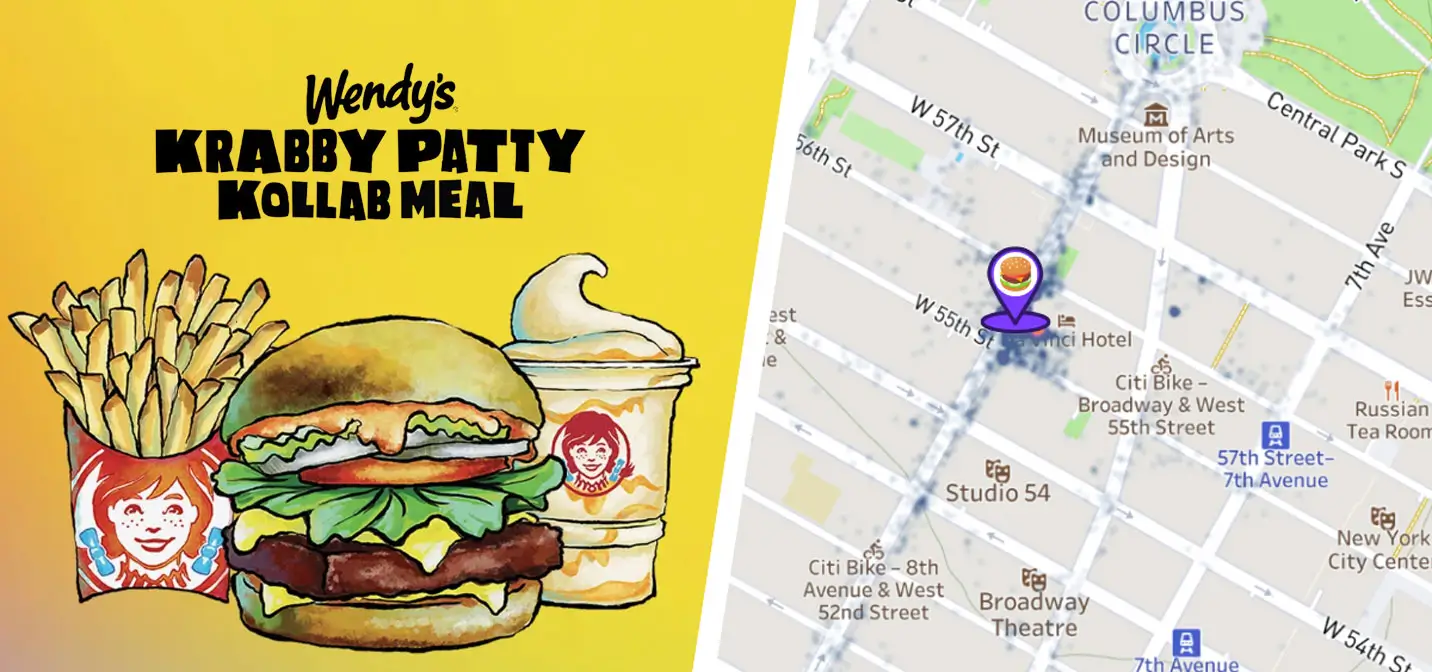Consumer data is invaluable for marketers, not just to provide a better customer experience but also to better target prospective customers, drive more revenue from advertising campaigns, and retain existing consumers. But in-house first-party data can be a limited source of information, and if you use that alone, you may be missing critical pieces of the puzzle. While you can see purchases and shared information from your customers, you don’t know where they go before and after visiting your store or what other stores they visit.
Real-world data has the potential to offer immense business benefits across segments when added to first-party data. Learn more about how the customer data enrichment process works and how businesses can reach their revenue optimization goals faster with it.
Jump to
What is Customer Data Enrichment?
Customer data enrichment is the process of combining existing first-party data on your customers with third-party data from external sources to add more information. For example, your first-party consumer data could contain information on their shopping habits on your website or at your store, but may not include other information on their brand preferences or hobbies, etc.
By enriching your existing data, you could uncover more details like their home and work locations, their hobbies and interests, and their brand affinities. This enriched data can enable you to make informed decisions, expand your audience base, and offer personalized customer experiences at scale.
What are the benefits of Customer Data Enrichment?
By enriching your existing consumer data with additional data on your consumers and their behavior in the real world, you can get a more holistic view of your consumers. Real-world customer data enrichment can help marketers better monetize their first-party data by adding real-world intelligence from offline sources. There are a variety of benefits for customer data enrichment across industries:
- Drive More Revenue: Real-world customer data enrichment can help marketers monetize their first-party data better and optimize yield. Marketers are also empowered to deliver more effective marketing campaigns with bespoke audience segments and customized ad messaging. They can use these data-driven insights to create new products and to better plan their sales efforts.
- Personalize Customer Experience: Real-world customer data enrichment can help first-party data owners offer personalized recommendations. For example, if an online grocery brand can get real-world insights about their consumers, like if they’re a pet owner that visits dog parks, they can recommend products that align best, like dog food.
- Improve Conversions: Real-world customer data enrichment can help brands and marketing agencies drive better cross-channel conversations and conversions. Marketers can use identity resolution to get a 360-degree view into their target audience’s lifestyles and roll out more relevant and informed campaigns. They can also use real-world data to measure the success of online campaigns in the offline world in terms of actual footfall in stores.
What are the Different Use Cases for Customer Data Enrichment?
- Understand Your Current Audience Better: The information brands have from their first-party data is relevant and precise, but records can be incomplete and often lack scale. Adding real-world attributes to first-party data gives granular details not possible with in-house data alone. For example, an eCommerce company might know from its first-party data that visitors to its website buy more during the holiday season, but real-world intelligence could additionally tell which store their target audiences visit often. This information could help them recommend the right products and brands at the right time of the year.
- Audience Expansion: The combination of first-party and third-party data can help brands find an audience beyond their existing audience data. Brands can not just find more lookalike audience segments who could be interested in their products but also find an opportunity to innovate and introduce new products to suit the requirements of the new segments.
- Better Segmentation and Targeting: While first-party data may help a brand categorize its audience into larger segments, a combination of first-party and real-world data can help split the audience into micro-segments according to very specific needs. For example, from its first-party data, a restaurant business might know that its customers are primarily millennials. The addition of real-world data could add another layer of segmentation such as urban and suburban customers. With this additional information, the business can initiate campaigns specific to millennials buying from urban restaurants versus those buying from suburban areas.
- Offer Great Customer Experience: Data-driven intelligence about your customers can help you build communication strategies that suit their exact needs at every phase in the consumer lifecycle. When consumers know their brand understands them, it is more likely that they will become repeat customers.
- Maximize Cross-Sell and Up-Sell Opportunities: Clean, precise, and voluminous data sets can reveal consumer behavior patterns. Brands can use this information to understand which customers can be targeted for luxury products or can be upsold to.
- Minimize Customer Churn: Data patterns can often tell a lot about unhappy customers. Brands can use enriched data sets at scale to identify patterns specific to consumer churn and intervene at the right time to minimize churn.
How does Customer Data Enrichment help in personalized marketing?
According to the “State of the Connected Customer” 2022 report by Salesforce, which surveyed more than 13,000 consumers, 72% of customers expect companies to understand their unique needs and expectations, up from 66% who expected that in 2020.
Customer data is also essential for successful loyalty programs. In Azira’s recent report on The New World of Consumer Behavior: Retail 2022-2023, we surveyed over 1,000 consumers and 63% of shoppers reported they are more likely to visit a store when they are a part of that store or brand’s loyalty program. This provides retailers with an opportunity to personalize and offer unique experiences to retail existing customers.
Combining good quality data from various sources can fill significant gaps and create ways to personalize products, services, offers, and campaigns. All these efforts can in turn catalyze ways to engage at a more personal level with the target audience.
Key Things to Consider Before Implementing Data Enrichment
With the development of marketing technologies, customers constantly get bombarded with personalized messaging and content. So how can brands stand out despite the intense competition? Here are a few things to consider before embarking on a customer data enrichment plan:
- Know Your Goals: Before you begin to use real-world data to get better insights, you need to have a clear picture of your business expectations – what is it that you want out of the customer data enrichment solution? This will help you choose the right platform that can help you meet your goals faster.
- Stick to Privacy Standards: It is important to verify that your real-world data partners ensure complete adherence to regional and global standards of privacy and data usage. They must never store or deal with Personally Identifiable Information (PII) and all incoming data streams should have user consent. The platforms should also have built-in processes to forget and purge user data on request. Compliance with local privacy-related regulations and secure signup and setup are equally critical steps toward ensuring user data privacy.
- Know the Limitations: Sourcing data from a myriad of vendors, getting actionable intelligence, and using that intelligence in the most efficient way is not a simple task. Brands need to understand that customer data enrichment is a continuous process and they have to keep updating the data regularly in order to derive relevant and updated information. Also, cleaning and aligning data from various sources takes time and resources. While real-world data intelligence platforms offer analytics aplenty, brands and their data partners also need to work together to make sure the data is actionable so it can inform business decisions.
How can you get started with Customer Data Enrichment?
Data intelligence platforms can enable brands to select data attributes from the real world that best suit their business use cases. This could include information on brand affinity, home location, dwell time, distance traveled, and multiple other real-world attributes. This can provide answers to critical business questions about the target audience.
The process involves copying and pasting a simple piece of code on the brand’s website/app. Users get a daily batch of data output in a simple CSV format posted to secure cloud storage. The enriched data can be exported to external platforms or can be consumed via a secure API.
News Corp, the global publisher, has already embarked on the digital transformation journey using its first-party data capabilities and is in a privileged position with its audience data.



